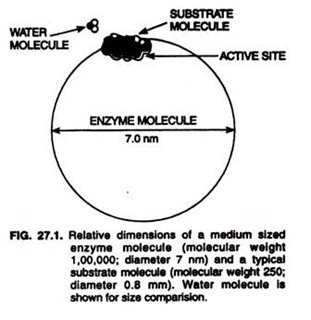From renewable resource engineering point of view lignocellulose is an eukaryotic material of all epochs on the earth.
In the deep rain forests many trees may live for thousands of years. However, no individual animal or human is known to live several hundreds of years.
It appears, therefore, structurally lignocellulose material, like woodlog may be possessed with physiologically hyper cyclic rigid structures in terms of their growth which develops in many cases resin pockets in the log (Fig. 13.10) sections of radiata. These radiata provide an indication of the age of the wood. For providing rigid recalcitrant structure of lignocellulosic woods biological time scales of various magnitudes have been proposed considering evolutionary developments (Table 13.11).
These biological scales have been involved depending on the system’s interaction with cytoskeleton. In lignocellulose since micro-fibrils is known to be synthesized with a random parallel or crossed parallel orientation with respect to neighbours participation of these biological time scales is difficult to study by following degradation/cleavage of cellulose molecule.
This problem becomes more pronounced by the fact that the total number of enzymes involved in the synthesis and degradation of lignocellulose is still unknown. As a result scientists had to depend on the enzymes involved in the terminal stages of cellulose fibril biogenesis which are cell associated.
It is not completely understood how the individual glucan molecules polymerize and assemble into the micro fibrilar bundles of cellulose. However, the uniformity of micro-fibril size and their orientation in cellular organism at any particular moment in cell development indicate that nucleotidal micro-fibril synthesis is under cellular control.
These features demand to unfold as future scope to explain mechanistically how cellulose micro-fibrils are formed though simultaneous polymerization and crystallization over-coming hyper-cyclic quasi species complementation constraints. Its conceptual visualization relates to Fig. 13.11.



